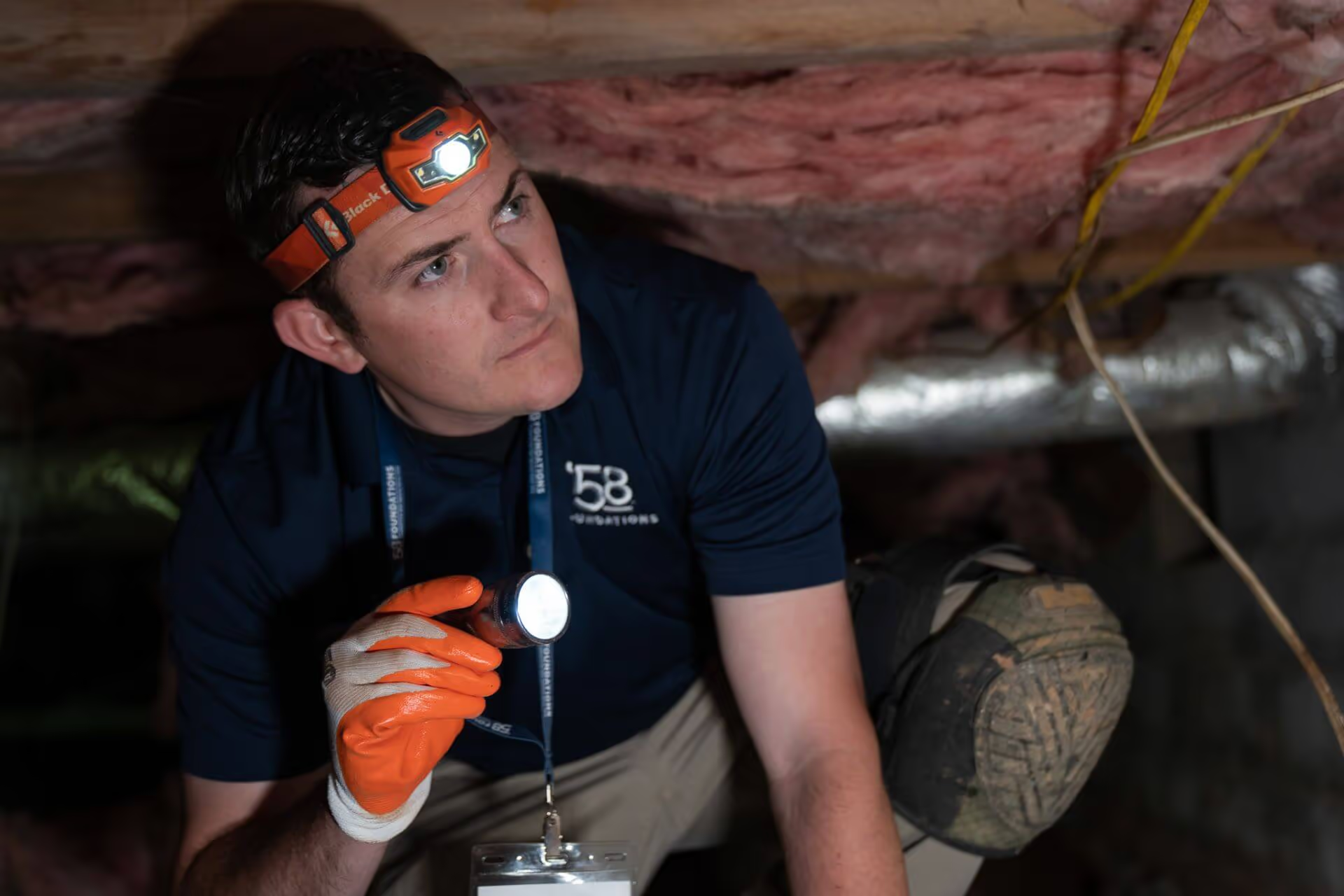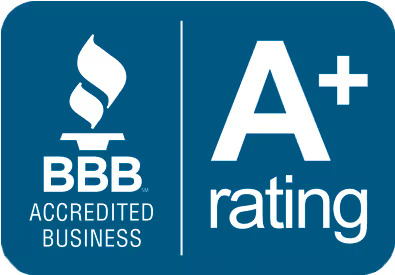
They’re both unwanted, and they both can cause problems when they show up. Some may use the terms mold and mildew interchangeably, but the truth is they are actually quite different! Mold and mildew are both types of fungi and they both love moist and damp areas. But their behaviors, traits, and appearance set them apart. Let’s take a look into how they differ from each other, so that you can better identify them and understand what’s needed to get rid of them. This can help you protect your home!
When figuring out how to tell the difference between mildew and mold. Sometimes it can be determined with a careful look. Upon closer inspection, you might notice there’s a distinct difference between how mold and mildew typically look in a home:
Mold and mildew also smell different. If you’re catching a whiff of something musty like wet socks, then you probably have a case of mildew. Mold, on the other hand, has a stronger smell.
Not all fungi live and grow the same. Mildew and mold have different ways of establishing themselves on an object. Mildew tends to remain flat on a surface—it likes to grow on the surface of objects and remain at that level. Meanwhile, mold likes to burrow deep into the material of where it’s growing. This affects how easy or hard it may be to get rid of the mold or mildew. Since mildew remains on the surface of objects, it’s fairly easy to get rid of. But since mold likes to dig deep into the places it grows, it can be a bit of a pain to remove.
While both mildew and mold can cause health problems for you or your loved ones, the difference is in what each can do. Here are the different symptoms caused by mildew and mold:
There are similarities between the two, but mold can potentially cause further health complications. Both are serious enough that you would want to take care of them before the problem gets worse. Should you spot mildew or mold, be sure to have it removed as soon as possible.
Since mildew lives exclusively on the surface of an object, it can be removed handily with household cleaners and a thorough scrubbing. This is not the same for mold, however. Since mold likes to dig deep into the object it’s growing on, it can be very stubborn to truly get rid of. Bleach or a specialized mold removal product might do the job. However, there’s a good chance that you will need a mold remediation expert to take care of your mold problem.
If you attempt to remove the mildew or mold on your own, it is highly recommended that you wear a face mask and even eye protection if possible. This is for your safety and to avoid any potential allergic reactions. To ensure your safety and to make sure that the job gets done completely, consider contacting a mold expert to take care of the mildew or mold problem.
Since 1958, ’58 Foundations & Waterproofing has been helping people keep their basements and crawlspaces dry, so that mold doesn’t have the chance to gain a foothold in their lower levels. But when mold manages to find its way into a damp basement or crawlspace, our experts have the expertise to properly take care of your mold problem. With ’58 Foundations & Waterproofing on your side, your home can remain free of hazardous mold! Give us a call today to learn about how we can help keep your lower levels dry and protected against moisture-loving mold. If you have an existing mold problem, we’ll be happy to provide a free mold removal inspection along with a detailed estimate on our mold solutions!






We respect your privacy. By submitting, you authorize '58 Foundations and Waterproofing to reach you via call, email or text for information about your project needs. We will never share your personal information with third parties for marketing purposes. You can opt out at any time. Message/data rates may apply. Consent is not a condition of purchase. Privacy Policy